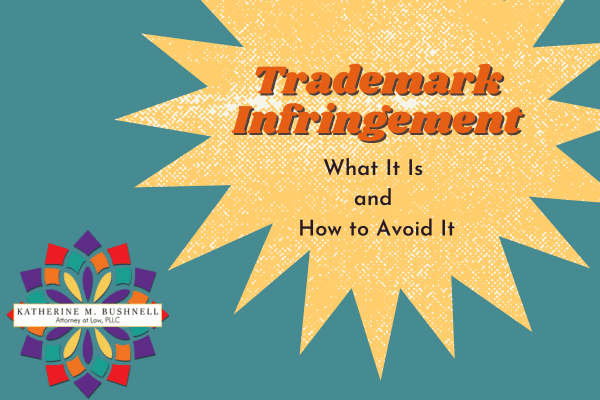Trademarks are important assets for businesses. They help distinguish their products and services from those of their competitors. But not everyone understands the importance of trademarks or how to protect them. In this article, we will discuss what trademark infringement is, how to avoid it, and the consequences of infringing on someone else’s trademark.
What is Trademark Infringement?
Trademark infringement is the unauthorized use of a trademark or service mark (or a substantially similar mark) on competing or related goods and services. This can include using a similar name, logo, or slogan that could cause confusion among consumers.
Trademark infringement can cause harm to businesses that have invested time and money into building their brand. It can dilute the value of their trademark and confuse consumers, leading to lost sales and damage to their reputation. Therefore, it’s important to understand what constitutes trademark infringement and how to avoid it.
Examples of Infringement
If your business sells laptops and you decide to call them “Macintosh” or “Apple,” you are infringing on Apple’s trademark. Similarly, if you open a fast-food restaurant and call it “McRonald’s,” you are infringing on McDonald’s trademark.
Consequences of Trademark Infringement
The most common penalty for trademark infringement is an injunction or a cease-and-desist letter directing the infringer to stop using the trademarked material. It’s also possible for criminal or civil penalties to result from an intentional violation of trademark law, although this is rare. If you are the infringer, you also run the risk of having to spend more money to rebrand your product or service.
How to Avoid Trademark Infringement
Avoiding trademark infringement requires a basic understanding of trademark law, good research, and sound judgment. Before starting any new venture, take the time to make sure that you are not getting too close to an existing trademark.
Here are some steps you can take to avoid trademark infringement:
- Research existing trademarks: Use the USPTO’s trademark database to search for existing trademarks that could be similar to yours. Consider hiring a trademark lawyer to help you with this process.
- Choose a distinctive name: Try to choose a name that is unique and not easily confused with existing trademarks.
- Conduct a trademark clearance search: This involves searching for any conflicting trademarks that may exist.
- Register your trademark: Registering your trademark can help protect it from infringement.
- Monitor your trademark: Keep an eye on the market to make sure no one is infringing on your trademark.
Related post: What is a trademark? A beginner’s guide.
Elements of Trademark Infringement
You can file a trademark infringement claim in court. In order to win, there are 3 things that you have to prove to the court.
- You must prove that you own a valid mark,
- You must prove that you have priority, i.e., that your rights in the mark(s) are “senior” to the infringer’s.
- You must prove that the infringer’s mark is likely to cause confusion in the minds of consumers about the source or sponsorship of the goods.
Trademark Monitoring Services
Trademark monitoring is a crucial step when you have a business and have spent the money to register your trademark. After going through the registration process, you’ll want to enforce your trademark and keep it protected. To protect your mark, you’ll need to know who else is using your name. A trademark lawyer can help you monitor your trademark and take legal action against infringers.
Your Next Steps
Trademark infringement can be a serious problem for businesses of all sizes. By understanding what is considered trademark infringement, you can protect your business and brand from harm. Remember to conduct thorough research, register your trademark, and monitor your brand to keep it protected. If you have a question or concern about trademark infringement, schedule a meeting and let’s talk about it!


